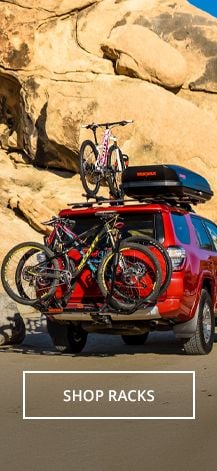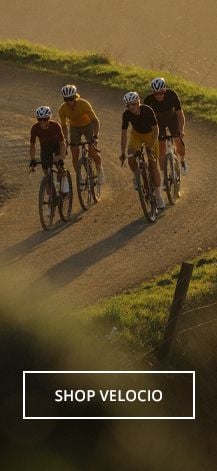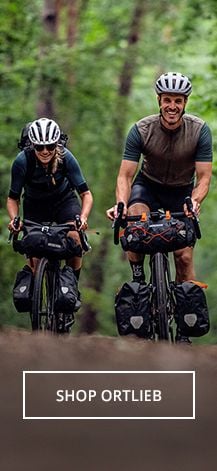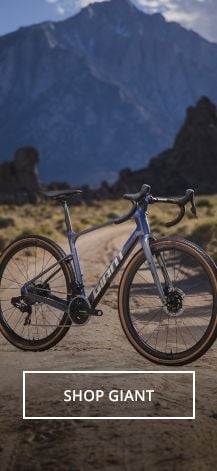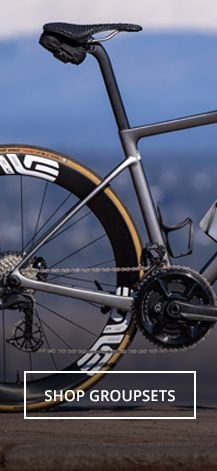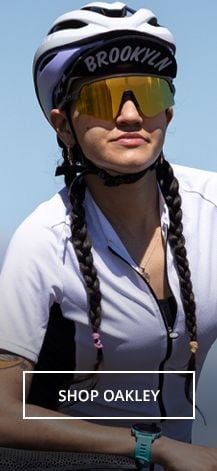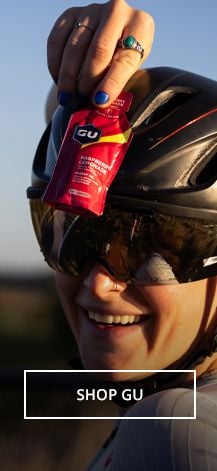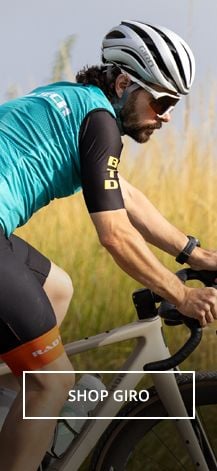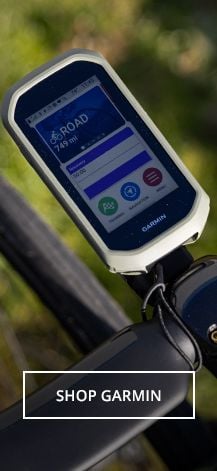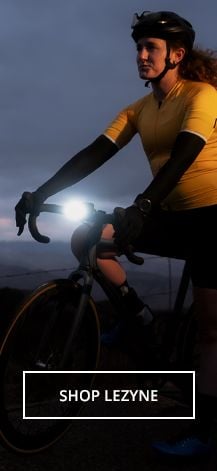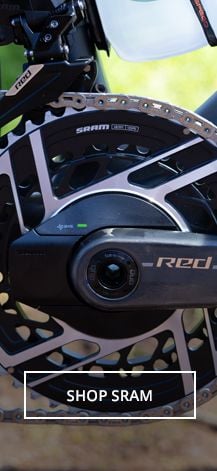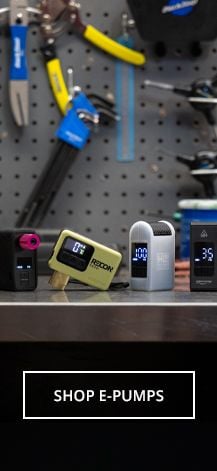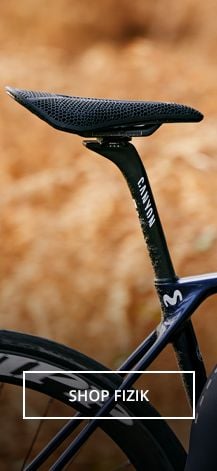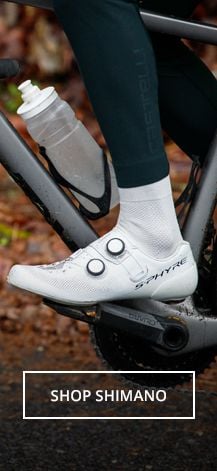
Cross is HERE (does it ever really go away?) and we couldn't be more excited! Not only because we love cyclocross, but also because this year we are partnering up with CX legend Maghalie Rochette to bring exclusive content to our site and your inbox.
Below is an excerpt from Maghalie's new book, Fever, out on September 5th, 2025. It's a deep dive on knowing your tires—how to choose them, understand pressure, and build confidence in your setup. Maghalie is also going to be a guest contributor to our email list throughout the CX season, so sign up now to stay in the loop!
The Ideal Setup Is The One You Have
One of my favorite race memories comes from New York, at the 2016 Supercross Cup UCI event.
David and I drove there in our mini van, which doubled as our team tent, warm-up area, and pit zone. We had two bikes, a trainer for warming up, and a repair stand. No tent. No pressure washer. No heater. No extra wheel sets.
That year, it was cold, rainy, and windy—a real mudfest.
About an hour before the race, David was working on one of my bikes. As he turned away from the repair stand to talk to me, a gust of wind knocked the bike over. It hit the ground hard. And just like that, it was broken. And we had no way to fix or replace it in time.
For a second, I panicked. On a day like this, most riders would be pitting every half lap. Racing with just one bike felt impossible.
But David doesn't dwell on problems, he finds solutions. We were traveling with our friend Jeremy, who was racing later in the Elite Men's event. Jeremy is 6-foot-2-inches, and at the time, he rode a 56cm SRAM-equipped bike. I was riding a 49cm Shimano-spec'd bike from a different brand. Needless to say, our setups were wildly different.
But Jeremy kindly offered his bike, and David did his best to bring it closer to my measurements. I looked like Mary Poppins riding it! It was comically tall, and the fit was way off. I also had to switch mental gears between Shimano and SRAM shifting every time I changed bikes.
But I could pedal it. And that was good enough.
The race started, and as expected, we were pitting every half lap, rotating between my own bike and Jeremy's ginormous bike. It felt awkward every single time. But in a muddy race like that, style doesn't matter. What matters is to keep moving forward. Run, ride, slide—whatever it takes.
So that's what I did. I focused on adapting. I stayed present. And eventually, I started to open a gap.
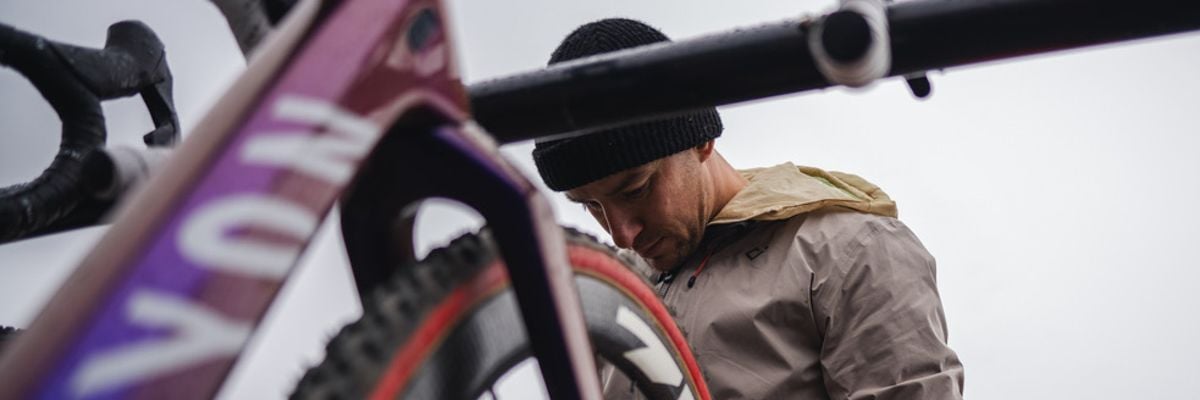
I'm not an equipment nerd but having a well-tuned bike is essential in any kind of bike racing. You don't want to leave anything to chance or suffer a mechanical knowing deep down you'd neglected to properly prep your setup. I'll always use the highest-performing equipment that's available to me, and I'm lucky to be supported by brands that give me great equipment. And, we always make sure that my equipment is working perfectly.
With that said, I don't believe your race is won or lost because you were running 1 psi too high. That's just making excuses.
Maybe I feel this way because I came up on a team, the LUNA Pro Team, where excuses didn't fly. My mentors would have called me out in a heartbeat if I tried to pass off a result on psi. And they were the real deal: Olympic medalists, World Champions, World Cup winners. So, I paid attention. I remember one World Cup at CrossVegas a few years ago. The race was early in the season. The course was bone dry. CrossVegas was (in)famous for its thick, fake grass that sucked your momentum with every pedal stroke. A course that required the fastest tires available. But my team had just wrapped up the mountain bike season, and the new cyclocross tires hadn't arrived yet. All we had were mud tires. It was that or nothing. So we rode the mud tires.
I had one of my best World Cup results that day, coming across the line in ninth place. I remember standing in the finish corral, and
another racer came over, frustrated. She told me her race didn't go well because she had to use her regular
tires—not the fast-rolling
treads, but not the muds either. I just nodded and smiled. I didn't mention what I'd ridden. I didn't need to. My LUNA teammates had
just finished 1st, 2nd, 4th, and 5th. I placed 9th. All of us on the wrong
tires.
I'm thankful my teammates taught me an important lesson: equipment matters, but adaptability and attitude matter more.
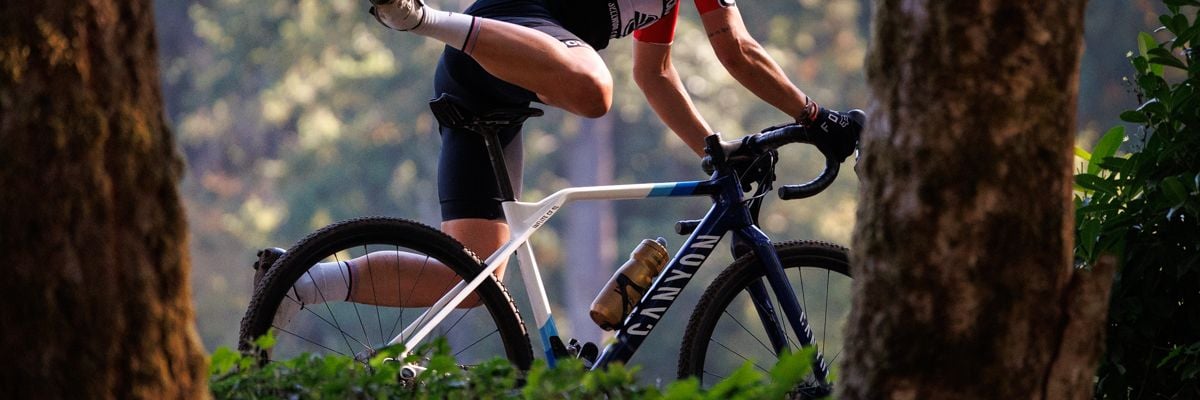
Like everything else in this book, I want to stress that there's no single right way to do things. Everyone has different preferences, different bodies, different riding styles. Do what feels good to you.
I know plenty of people who love geeking out over every detail of their equipment. They'll go minimalist with gear choices, take risks, and doing that gives them a mental edge. If that's you—awesome. Marginal gains can make a difference, especially if you believe it. That passion is a performance tool, so use it.
Me? I'm more of a just make sure it works
kind of gal. I want my setup to be solid and reliable. If I have to choose between a few extra
grams or a mechanical risk, I'll take the weight every time.
But no matter where you land on that spectrum, one thing is universal: it pays to know your equipment.
Let's start with one of the biggest questions in cyclocross: What tires should I ride, and what pressure should I run?
Let's break it down by understanding what tire pressure actually does.
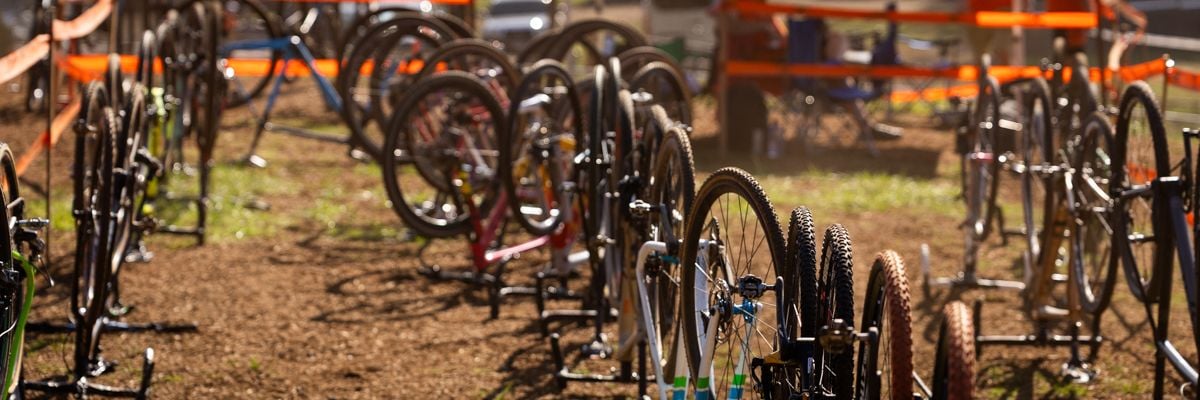
Tires
I'm not a tire engineer, but from my experience, here's what I feel.
What happens when I lower the pressure?
Pros:
- It increases the surface area of the tire touching the ground, which creates more traction.
- It helps the tire conform to the ground—great for ruts, off-cambers, etc.
- It offers a smoother ride over bumpy terrain.
But...
- There will be a greater risk of burping air, or flatting, especially on rocks or curbs.
- It can feel squirmy and unstable in high-speed corners.
- It's slightly slower on firm, fast surfaces.
I tend to lower my pressure when the course is soft or muddy. When it's running slow and technical, and I need maximum grip to stay upright.
What happens when we increase the pressure?
- It rolls faster on hard surfaces.
- It keeps the tire more stable at speed.
- It lowers the risk of flats or burps.
But...
- You'll have less traction.
- It's a harsher ride.
- It'll be easier to bounce or slide out, especially in tricky corners.
I tend to raise my pressure when the course is fast, dry, or tacky. If I want more speed and responsiveness on firm ground. If the corners are high-speed and I need more support from the tire.
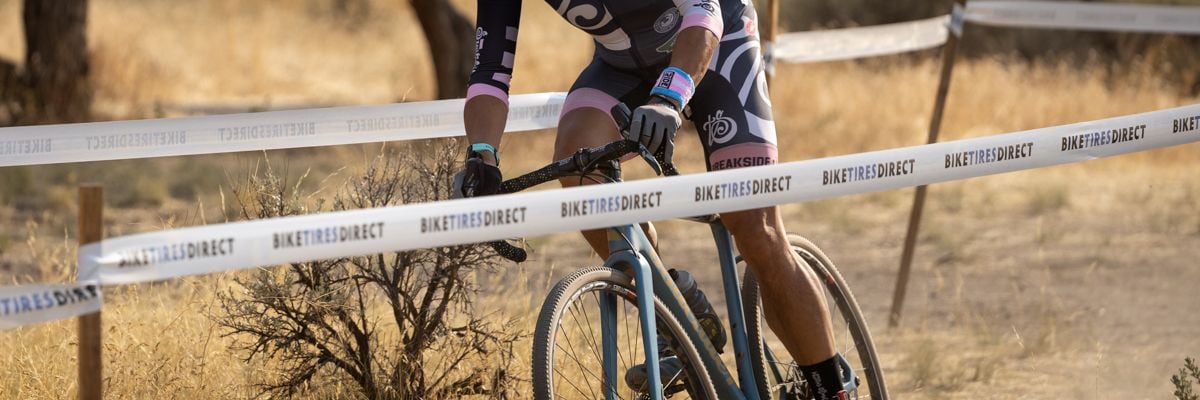
Tubular vs. Tubeless: What's the Difference?
There's often a lot of mystique around tire setups in cyclocross. And the tubular vs. tubeless debate is never-ending.
Tubulars are the old-school standard in high-level cyclocross racing. A tubular tire has an inner tube sewn completely inside the tire casing, then stitched shut and glued directly onto a special rim. The main advantage is that you can run lower tire pressures without the risk of burping or rolling the tire off the rim—two things that can happen with tubeless if setup isn't dialed.
Despite the rise of tubeless tires, tubulars remain popular in elite-level racing, especially in muddy conditions or in sand races.
But they come with drawbacks:
- They're harder to install and swap out.
- You need separate wheels for each tread, because they're glued on.
- They're becoming harder to find as the cycling industry shifts toward tubeless.
Tubeless, on the other hand, has come a long way. The technology has improved dramatically in the last few years, and for many riders, it's a more practical and versatile option, because:
- They're easier to mount and change.
- You can use the same wheelset and swap tires depending on conditions.
- The sealant inside the tire can fix small punctures on the fly.
The main downside is that running very low pressure increases the risk of burping (losing air at the bead). But with the right tires, rims, and setup, many people now race tubeless at the elite level with no issues—especially on drier courses or for training.
Bottom line? If you're just getting into 'cross or racing locally, tubeless is a great way to go. If you're chasing every marginal gain in slop and mud, tubulars might still be worth the hassle. But for most riders, tubeless is more than good enough.
Now for the different tire tread.
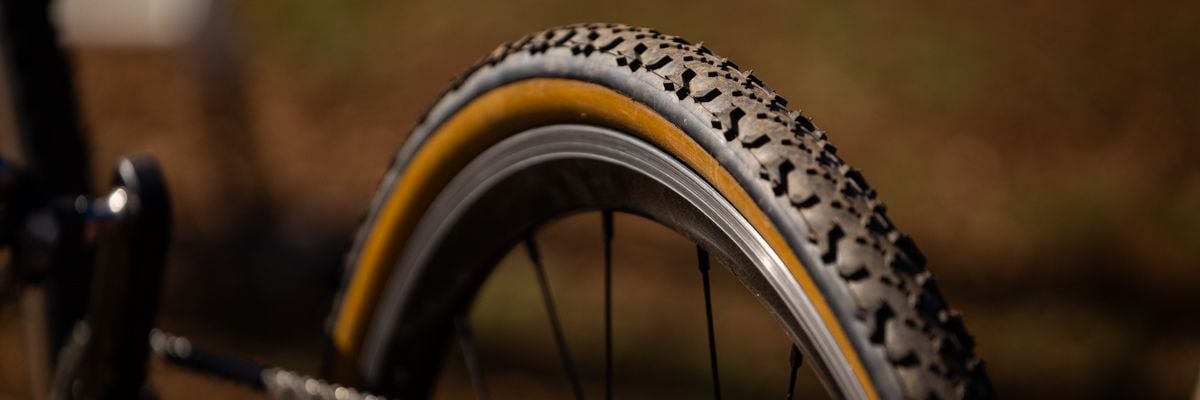
Tire Tread: Fast, All-Around, and Mud
Tire tread is one of the biggest decisions you'll make on race day. Some tubular companies make as many as six different cyclocross tubular treads. Tubeless tires offer even more. The variety is great, but for some people, it can get overwhelming, too. When I raced for Specialized, I had just two choices: Fast or Mud. And honestly, I rarely felt like I was missing something. Most cyclocross racers choose from three main styles: file tread, all-around, and mud.
1. File Tread (Fast)
The name says it, this tire is ideal for when things go fast!
- The tread features a smooth profile with minimal knobs.
- They're ideal for hard-packed, dry, or tacky grass courses.
- They're also surprisingly good in sand and snow. The small, shallow knobs create a smooth contact patch, and with low pressure, the tire spreads out for better float, grip, and stability on soft terrain. The fine tread pattern also prevents the tire from packing up a lot of snow and sand.
- They have a low rolling resistance, making them faster than knobbier tires.
But their lack of bite can make them sketchy in anything slick or uneven.
2. All-Around (Regular)
I like to use this tire when there are a variety of surfaces on the course.
- They feature low-to-mid knobs for balanced grip and speed.
- These are great for mixed conditions: dry with occasional slick corners, variable terrain, or early-season
all the things
courses. - They're still fast, but with a touch more bite than the file tread tires.
This is the tread I use the most. It handles super well without overcommitting to one extreme.
3. Mud Tread
The name says it all!
Think of them as your best friend in chaos.
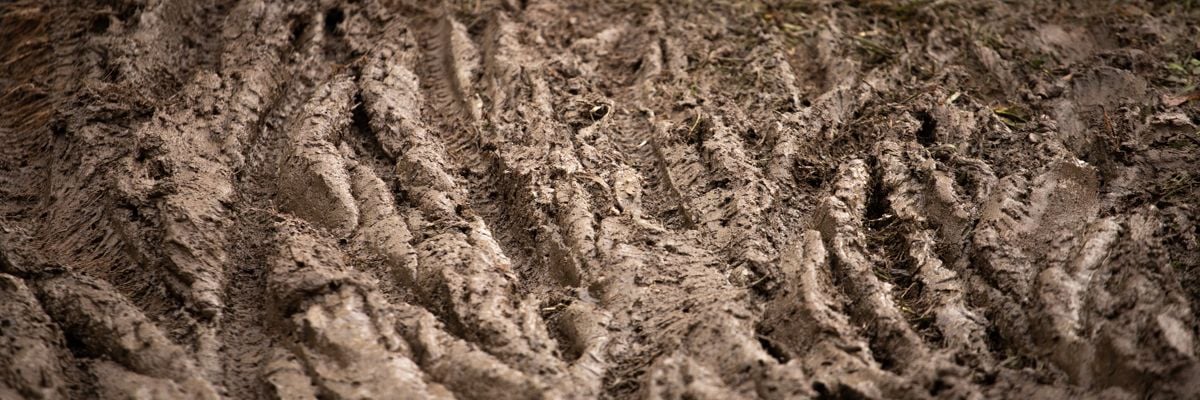
How do you choose your tires?
There's no universal rule—it's about reading the course and knowing what each tire tread is made to do.
For me, it all comes down to knowing your equipment. I'm not going to give you a chart of how much pressure you should have in your tires according to your weight. I think this is very personal and it's your job to find what you like. For a place to start, check out SRAM's tire pressure chart at: https://axs.sram.com/guides/tire/pressure which gives a really good baseline.
Here are other ideas to test and experiment with tire pressures:
Practice: Try the extremes.
Head to a grassy park close to home with your bike, a pressure gauge, and a pump. Start by deflating your tire to what feels low—and go ride. Corner. Sprint. See how it behaves. If it feels like the tire is folding under you, it's probably too low. Take note of that number. Then slowly add pressure until it feels both secure and grippy
Now, try the opposite. Inflate your tires to a higher pressure than usual, and ride again. How does it feel in corners? What about over bumps?
Once you have a better idea of what you like, you can try that exercise in other conditions like sand or mud.
Too Much or Too Little—How Can You Tell?
- Too much pressure: You'll feel like you're sliding in corners. On steep climbs, your rear tire might spin out instead of gripping. Everything feels fast, but sketchy.
- Too little pressure: The tire folds under you in corners and feels unstable. On rough terrain, you might feel your rim hitting the ground—a sure sign you've gone too low.
Pro tip: Always use a reliable pressure gauge. Over time, you'll get a feel for what different pressures ride like—and you'll start making better, more confident decisions at the races.
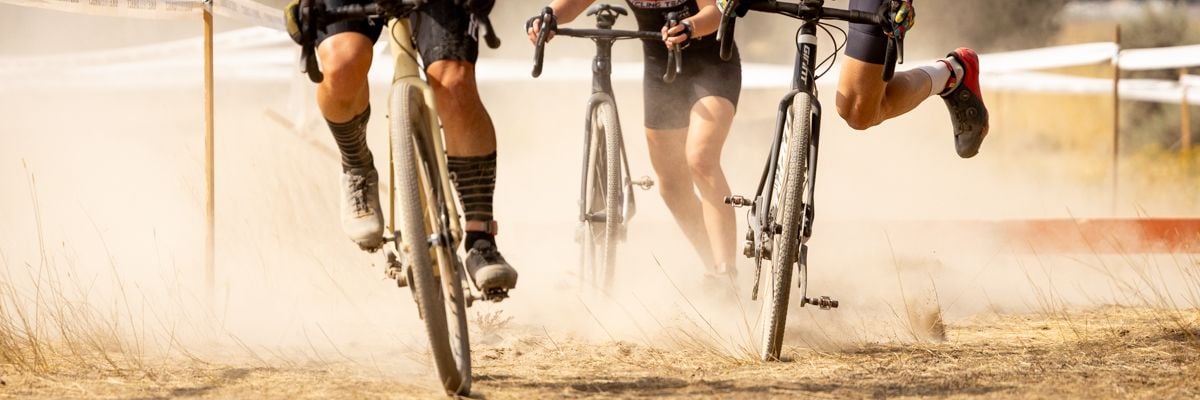
One last tip: Trust Yourself
There's no magic number for tire pressure—it depends on your weight, tire width, casing, course, and personal feel. But the more you experiment, the more you'll learn what works for you.
It's totally okay to ask others what setup they're running—talking it through can help. But the most important thing is to trust how you feel on the course. If you've done the work to know your equipment, your body's feedback is your best decision-making tool.
When in doubt, I always opt for traction over speed, because it gives me confidence to really attack the course. Others prefer the exact opposite: speed on the flats over traction in the corners. Both options are good. Find the one that makes you feel confident!
Thanks for reading! We're thrilled to be able to share such awesome & exclusive content from pros like Maghalie. Yearning to keep reading? You can find tech talk like this, race stories, pro tips and tricks and a whole lot more in Maghalie's book, Fever, Out September 5th, 2025.
Words: Maghalie Rochette Images: Alexandra Racine & Bertrand Mejia-Morin Published: August 20th, 2025

